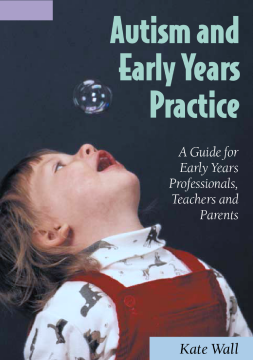
Additional Information
Book Details
Abstract
This resource offers advice based on the author's own experience as a practitioner and provides the reader with sound knowledge of the area to support and inform practice.
`It is, without a doubt, the most absorbing and easily absorbed book we have seen' - Nurturing Potential
Table of Contents
| Section Title | Page | Action | Price |
|---|---|---|---|
| ACKNOWLEDGEMENTS | |||
| ABBREVIATIONS | |||
| TABLES AND FIGURES | |||
| 1. Introduction | |||
| The farmer-led extension workshop | |||
| What is farmer-led extension? | |||
| Actors in farmer-led extension | |||
| The remainder of the book | |||
| 2. Challenges to agricultural extension in the twenty-first century | |||
| The changing global scene | |||
| The challenge to agriculture | |||
| Challenges for extension | |||
| 3. Extension experiences in agriculture and natural resource | |||
| management in the 1980s and 1990s | |||
| Introduction | |||
| Changing concepts and practice | |||
| Disenchantment with the public sector | |||
| Natural resource management and 'sustainability' | |||
| Issues | |||
| Looking ahead | |||
| 4. Origins and examples of farmer-to-farmer extension | |||
| Latin America | |||
| Indonesia | |||
| India | |||
| Philippines | |||
| Vietnam | |||
| 5. Principles and methods in farmer-to-farmer extension | |||
| Latin America | |||
| Indonesia | |||
| Philippines | |||
| Viemam | |||
| Nepal | |||
| Summary | |||
| 6. Roles and responsibilities in farmer-to-farmer extension | |||
| Farmer-extensionists | |||
| Extension workers and support agencies | |||
| 7. Issues and problems in farmer-to-farmer extension | |||
| Selection of farmer-extensionists | |||
| Payment and time allocation | |||
| Work location | |||
| Specialization | |||
| Gender issues | |||
| 8. Farmer field schools | |||
| Origins and principles | |||
| Methods and strategies | |||
| Role of professionals | |||
| Linking farmers | |||
| Links with research | |||
| Training of farmers and professionals | |||
| Selection of participants | |||
| Gender issues | |||
| 9. Problem censuslproblem solving | |||
| Nepal | |||
| Bangladesh | |||
| 10. NGO-government collaboration | |||
| Why are NGOs and government agencies willing to work together? | |||
| How do NGOs and government agencies work together? | |||
| Benefits fiom collaboration | |||
| Problems encountered in collaboration | |||
| Lessons learned fiom collaboration | |||
| 11. Other approaches to farmer-led extension | |||
| Supporting farmers' research | |||
| Limiting inputs to facilitation only | |||
| Helping farmers to access information | |||
| Combining institution-based training and farmer-led extension | |||
| Provision of fee-based service paid by farmers | |||
| 12. Impact assessment and evaluation | |||
| Individual or household-level assessment | |||
| Project-level assessment | |||
| Regional or national-level assessment | |||
| How to monitor, evaluate, and measure impact? | |||
| Indicators for assessing farmer-led extension | |||
| 13. Reaching more farmers | |||
| Scaling up | |||
| Scaling out | |||
| Constraints and positive influences | |||
| Environmental factors | |||
| Factors internal to the extension system | |||
| Factors internal to the community | |||
| Factors common to the extension system and the community . | |||
| 14. Lessons and conclusions | |||
| Categorizing the experiences | |||
| Prospects for expansion | |||
| Appendix 1: Workshop participants | |||
| Workshop organizers | |||
| Participants | |||
| Appendix 2: Papers cited and summarized | |||
| REFERENCES |
